 Be Inspired Blog - Arizona
Be Inspired Blog - Arizona
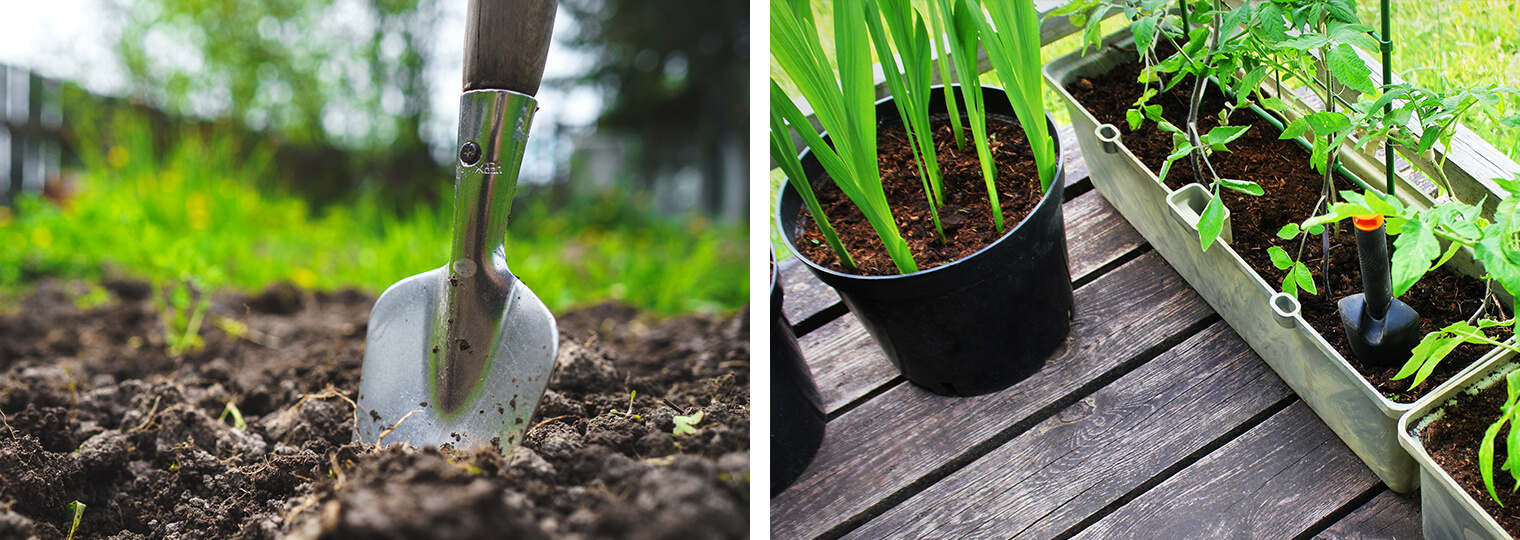
How to Prepare for Your Fall Edible Garden
In Arizona, we're lucky enough to have two growing seasons—spring and fall—to stock up on fresh produce from our backyards. Even if it's not yet time to plant our fall edible garden, that doesn't mean we can't start planning for it now!
Choose a Location
Find a spot in your yard that will get six to eight hours of sunlight with some afternoon shade. If you don't have much shade in your yard, consider planting some heat-tolerant trees when it cools down to add some natural shade to your landscape.
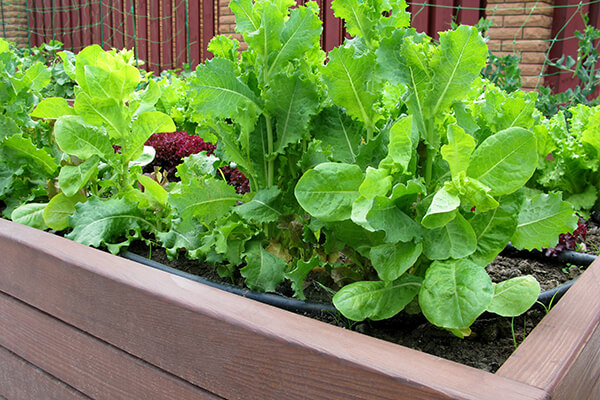
Depending on the space you have, you can plant your edible garden directly in the ground, in containers, or in a raised garden bed. A raised garden bed is an excellent option since you have more control over the soil's quality. Growing edible plants in containers allows you to move your veggies around to your liking, and it's an ideal option for people who are tight on space in their yard. If you choose to start an edible container garden, put small containers on wheels so you can easily move them around as the weather changes!
If you're just starting out with growing edible plants, you may want to begin with a small space or a few containers and then expand your garden next season. That way, you won’t feel too overwhelmed with the needs of all your plants. Plus, you can get to know a few plants at a time and add on as you get more comfortable.
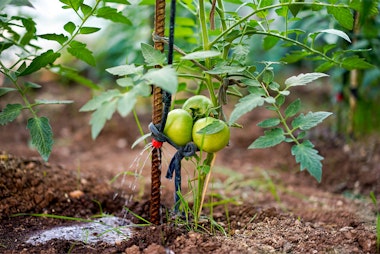
Decide What to Plant
Now that you know how much space you have to work with, it's time to decide what to plant and when! Some veggies, like broccoli, peppers, and tomatoes, should be started indoors at the beginning of August then transplanted outdoors in September when the weather cools down. Other edible plants, like carrots, spinach, and chives, can be planted outdoors from seed in September. For more planting information, you can download our complete planting guide here.
Although we do have two growing seasons in Arizona, the seasons aren't very long. So, when selecting seeds, look for a variety with fewer days to harvest, which will allow you to get a handsome harvest while the weather is cooperating!
If you're starting to plan ahead for fall, some of our top choices for cool-season herbs and vegetables are:
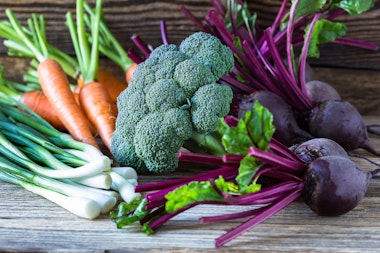
- Beans
- Beets
- Bok Choy
- Broccoli
- Carrots
- Cauliflower
- Celery
- Chives
- Kale
- Lavender
- Leaf lettuce
- Peas
- Peppers
- Spinach
- Tomatoes
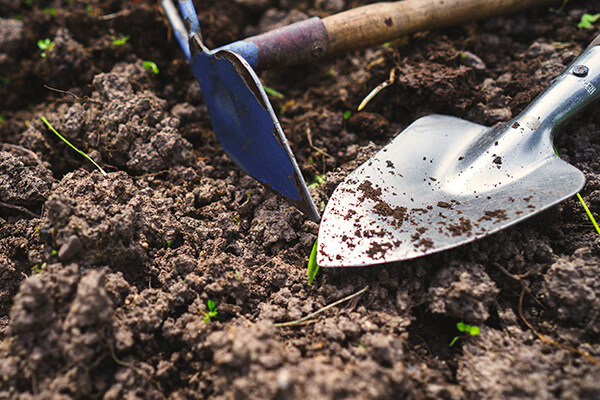
Clean and Update Your Tools and Supplies
Reviewing what tools you have in your storage shed now will save you lots of frustration later. To prevent the spread of disease, clean the pots and containers you plan to use by rinsing them clean and sanitizing in a solution of one parts bleach to nine parts water. Now is also the time to clean and sharpen tools like pruning shears. To do this, first disassemble the shears. Wash thoroughly with a wire brush and warm soapy water and, if needed, soak parts overnight in white vinegar to remove rust. Dry all pruner parts thoroughly, and to sharpen, follow the angle of the bevel with a diamond file. File toward the bevel edge, moving the file from the base of the blade to the pointed tip.
Make sure your other supplies are close at hand and in good repair, like your watering hose (and nozzle), shovel, spade, rake, hoe, and wheelbarrow. Your local SummerWinds Nursery has a variety of garden and handtools available, many of which are ergonomically designed for your comfort and efficiency!
Prepare the Soil
Having healthy soil is key to a productive garden since this is where your plants will get their nutrients. Start prepping your soil for your fall garden in late July or early August.
First, till the soil about eight to 12 inches down with a shovel or garden tiller. Remove any debris, rocks, and weeds you come across. Next, mix in fertilizer and organic matter, like compost, into the soil. To do this, add two to three inches of the amendment on top of the soil, then till the soil again to mix it all in. This process helps soften the soil and improves water penetration. Smooth everything down by raking the top layer. If you amend your soil a little bit each year, it will be that much healthier in years to come.
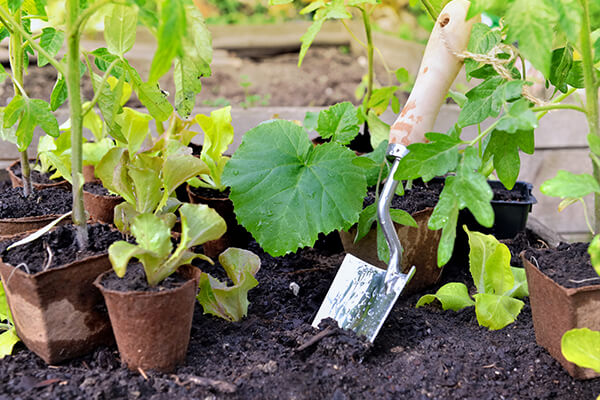
Finally, before planting, water the soil a few times, which is especially important if the soil sat unused during the summer. Watering the soil makes sure the amendments get evenly distributed and makes for a more hospitable environment for your plants.
Click the button below, to watch our How to Prep Your Soil video:
A bit of planning now can make your fall edible garden that much more successful! Your Trusted Garden Advisors at SummerWinds Nursery are here to answer any questions you may have. Plus, join us for seasonal classes on a wide variety of topics!

